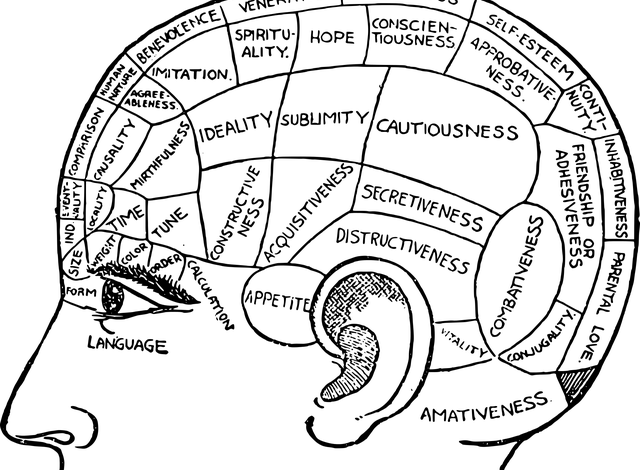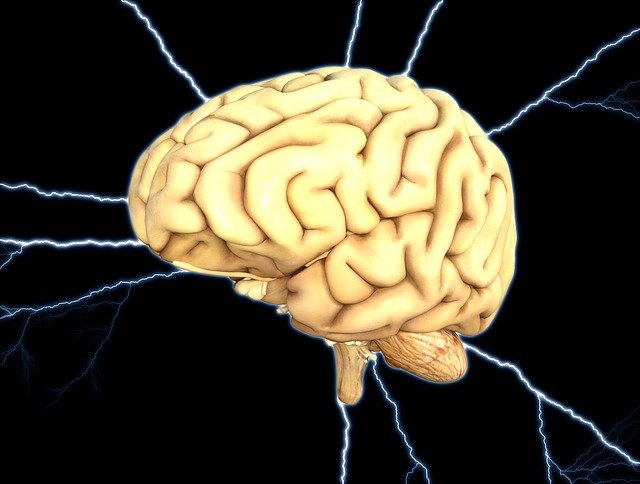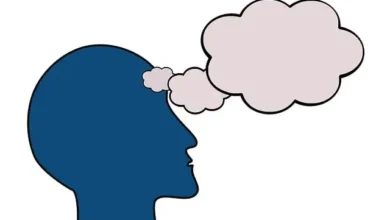The memory trick: the reason you start seeing fresh information everywhere you go

You may have noticed such a strange coincidence: As soon as you learn something new, you see it everywhere. For example, when you hear from a friend about a soda you haven’t tried yet, you keep seeing it on store shelves, even though you didn’t notice it before. Or you’ve learned a difficult English word, and then you’re surprised to find it’s in every third song on your playlist. This phenomenon is called the Baader—Meinhof phenomenon, and every person encounters it from time to time. So why does it occur?
It is conditioned by evolution

In an evolutionary sense, we need to react to what is happening in the environment to stay safe. But at the same time, we can’t focus on a specific task if we can’t ignore our surroundings. The Baader—Meinhof phenomenon shows the interaction of factors that direct attention: what you think about unconsciously leads to the search for relevant information around you. Our ability to function in our complex world depends on our ability to choose what matters and ignore what is unimportant. And since the brain considers the new information you learn significantly, you see its echoes everywhere.
It uses selective attention
When you learn something new, your brain works at full capacity. Many psychological processes are triggered, and one of them is selective attention. It depends on what you focus on, both consciously and unconsciously. Visit. A F R I N I K. C O M. For the full article. Selective attention forces you to focus on what seems important to you. When you learn something new, it immediately falls into this category, which is why you encounter it more and more often.
For example, when you buy yourself a new watch, having learned all its characteristics, you notice that many people wear the same model. Or, having heard a saying from a friend you liked, you notice that you unwittingly use it in speech, like many of your interlocutors. As long as the information is fresh, selective attention works at full capacity, flashing like a light bulb every time something appears around that you have recently learned about. But the “older” your knowledge of it becomes, the less your interest and concentration become.
It is a trigger for confirmation bias

You may have noticed how easy it is to find facts or examples to explain what you are sure of. This cognitive bias is called confirmation bias. In most cases, it occurs because it makes life easier for us. We are not always inclined to look at situations from different angles or try to look at them through “other people’s eyes,” as this can be quite difficult.
Precisely because it is much easier to succumb to confirmation bias, we become its hostages, constantly looking for facts that will help support our own opinion. Judge for yourself: you have just learned about the Baader—Meinhof phenomenon. You may have already presented several situations confirming that you have come face to face with it. And the more these situations come to mind, the more confident you are that it is a reality. Suppose you add personalized, contextual advertising to this social media that pops up after your search query.
In that case, there is a high probability of getting into a kind of “echo chamber” that arises precisely because of confirmation bias and the Baader—Meinhof effect. It promotes the spread of disinformation or dubious opinions at an incredible rate. So, you should always be careful about what you believe and check your beliefs occasionally.
It uses working memory
Imagine looking at a computer screen showing a picture with many different objects. At first, you are told that there is a piano in the image, and you involuntarily start looking for it with your eyes. But then the task changes abruptly, and you are asked to find a cat among the images. What do you think thoughts about the subject will constantly distract you? The piano will prevent you from finding the cat, as your working memory stores information about it. This is a good illustration of the Baader—Meinhof phenomenon, the unconscious influence on where your attention is directed.
It helps the brain create patterns

Our brain is lazy enough and likes to create “patterns” and biases. Because of the new information, he can form them even where they did not exist. For example, if you believe that two types of cards always appear when you play poker, you will see that this is happening. In reality, such a coincidence may not occur too often, but since you focus your attention on it, it seems to you that this is a pattern.
By the way, it is precisely because of this feeling that many people lose millions in casinos. But in general, when the situation does not concern gambling or potentially dangerous moments when a pattern of thinking can harm its owner and other people, the Baader—Meinhof phenomenon is rather harmless.
We need it for training
Do not assume that the Baader—Meinhof phenomenon is terrible. After all, it helps us go into the world and see new patterns that open up more possibilities. As you learn something new and encounter it more often, you are more likely to fix it in your memory and be filled with curiosity to collect as much information as possible about what you see. However, the problem with the Baader—Meinhof phenomenon is that if you get stuck at one point and fixate on a sure thing, there can be no question of any growth. But this can be overcome: you must strive to learn new things daily, develop curiosity, and ask more questions.




